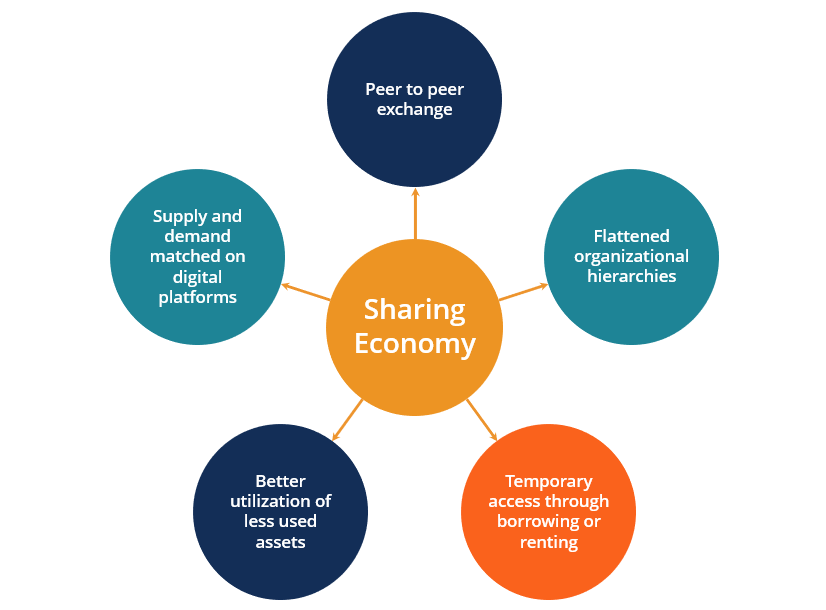The Collaborative Revolution: Understanding the Core of the Sharing Economy

The last two decades have witnessed a profound shift in consumption patterns, moving from a model of individual ownership to one of shared access. This new paradigm is powered by the Sharing Economy, an economic model defined by peer-to-peer (P2P) based activities of acquiring, providing, or sharing access to goods and services, often facilitated by a community-based online platform. At its heart, this model is about unlocking the value of underutilized assets. Whether it's a spare bedroom that sits empty most of the year, a car parked for 22 hours a day, or a power drill used once a season, the sharing economy provides a mechanism to monetize this idle capacity. Technology, specifically the smartphone and the mobile internet, acts as the critical enabler, seamlessly connecting owners of assets with those who wish to use them on a temporary basis.
From the consumer's perspective, the drivers for participating in the sharing economy are compelling and multifaceted. The most obvious benefit is often cost savings; renting a room on Airbnb can be significantly cheaper than a hotel, just as taking an Uber can be more economical than owning a car in a dense urban area. Beyond price, convenience is a massive factor. These platforms offer on-demand access to goods and services with just a few taps on a smartphone, eliminating the friction of traditional rental processes. Furthermore, the sharing economy provides access to a much wider variety of options, from unique homes in non-tourist neighborhoods to specialized tools for a weekend project. For many, it also offers a more authentic, community-oriented experience, allowing travelers to connect with local hosts or riders to chat with their drivers, fostering a sense of connection that traditional models often lack.
On the supply side of the equation, the sharing economy has opened up unprecedented opportunities for individuals to generate income in flexible ways. The primary motivation for providers is the ability to monetize a personal asset that would otherwise be a depreciating cost. This transforms a home or a car from a simple liability into a potential source of revenue. For many, this provides a crucial supplemental income stream, while for others, it has become a full-time profession. This model, often referred to as the "gig economy," offers a low barrier to entry and a high degree of flexibility, allowing people to work when and where they choose. The digital platform acts as the essential intermediary, handling the marketing, booking, and payment processing, which allows individuals to operate as micro-entrepreneurs without the overhead of running a traditional business.
The success of any sharing economy platform hinges on its ability to build and maintain trust between strangers. To achieve this, these platforms are built on a set of fundamental technological components. A robust system of user profiles and identity verification is the first step, ensuring that participants are who they say they are. The most critical element is a two-way rating and review system, which creates a digital reputation for both providers and consumers, incentivizing good behavior and providing a basis for trust. Secure, integrated payment processing is also essential, as it ensures that transactions are handled safely and reliably without the need for cash. Finally, sophisticated algorithms work behind the scenes to efficiently match supply with demand, optimize pricing in real-time, and suggest the most convenient options, creating the seamless user experience that defines the modern sharing economy.
Explore Our Latest Trending Reports:
treasury risk management application market
- Art
- Causes
- Crafts
- Dance
- Drinks
- Film
- Fitness
- Food
- Games
- Gardening
- Health
- Home
- Literature
- Music
- Networking
- Other
- Party
- Religion
- Shopping
- Sports
- Theater
- Wellness


